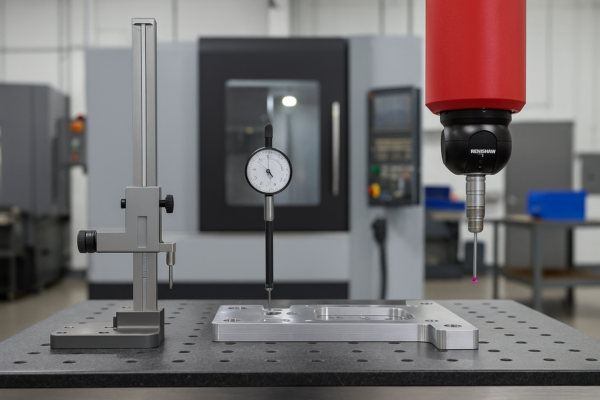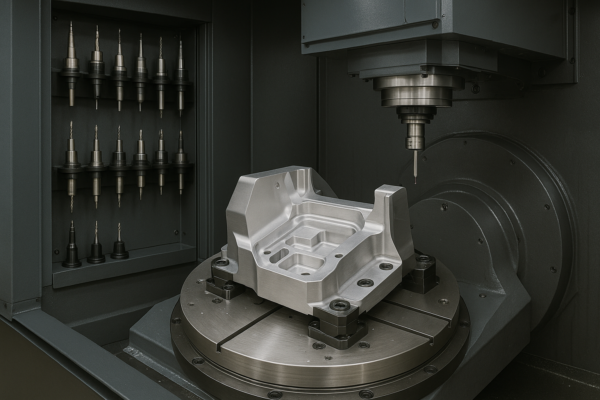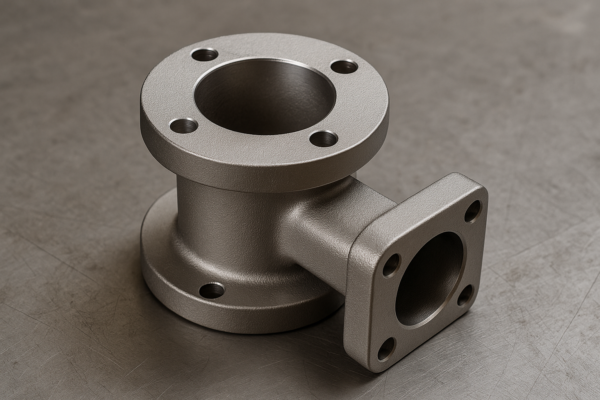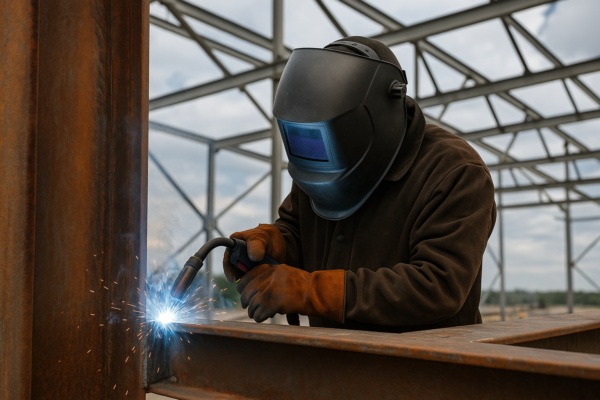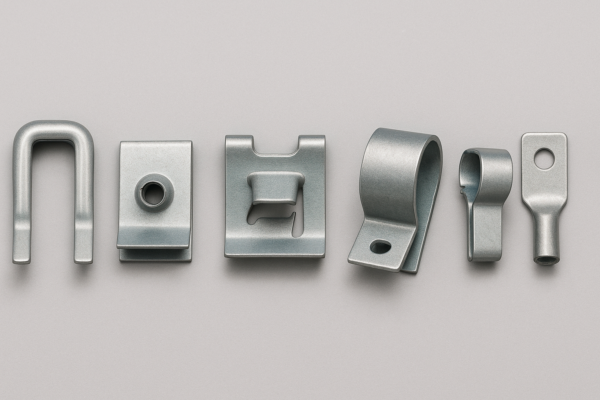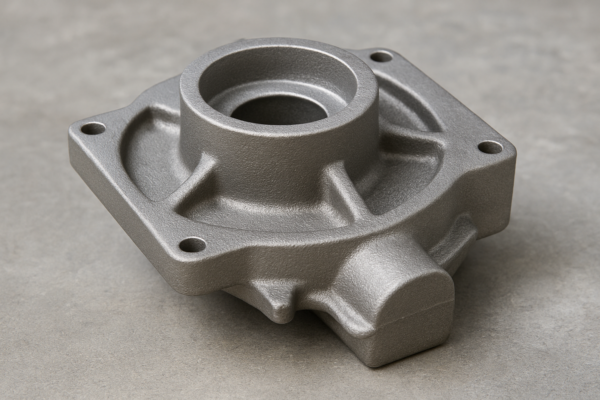Why Do Blacksmiths Put Metal in Water?
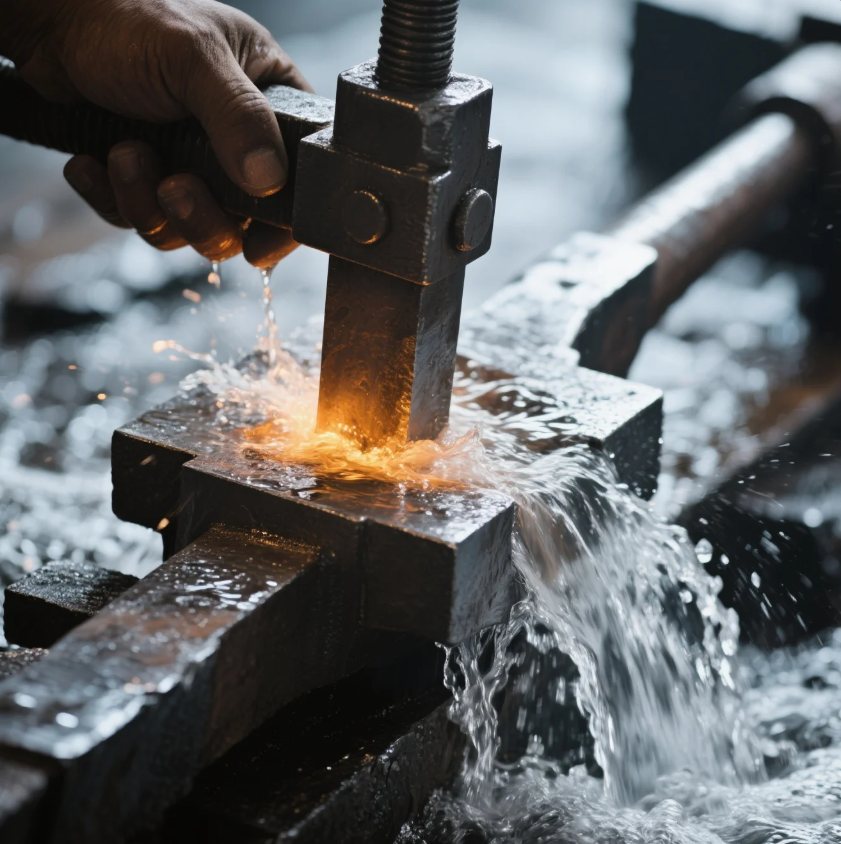
One of the most important steps in the blacksmithing process is quenching, where the blacksmith rapidly cools a hot, recently forged piece of metal. The most common quenching medium used is water, but why do blacksmiths choose to put their metal in water? The act of quenching with water has a significant impact on the properties of the metal, and in this article, we’ll explore the reasoning behind this process and its benefits.
Snippet paragraph: Blacksmiths quench metal in water to rapidly cool it, harden the surface, and lock in the desired characteristics like strength and durability.
Let’s dive into why blacksmiths put metal in water and how it affects the metal’s structure.
What Do Blacksmiths Put Metal in Water?
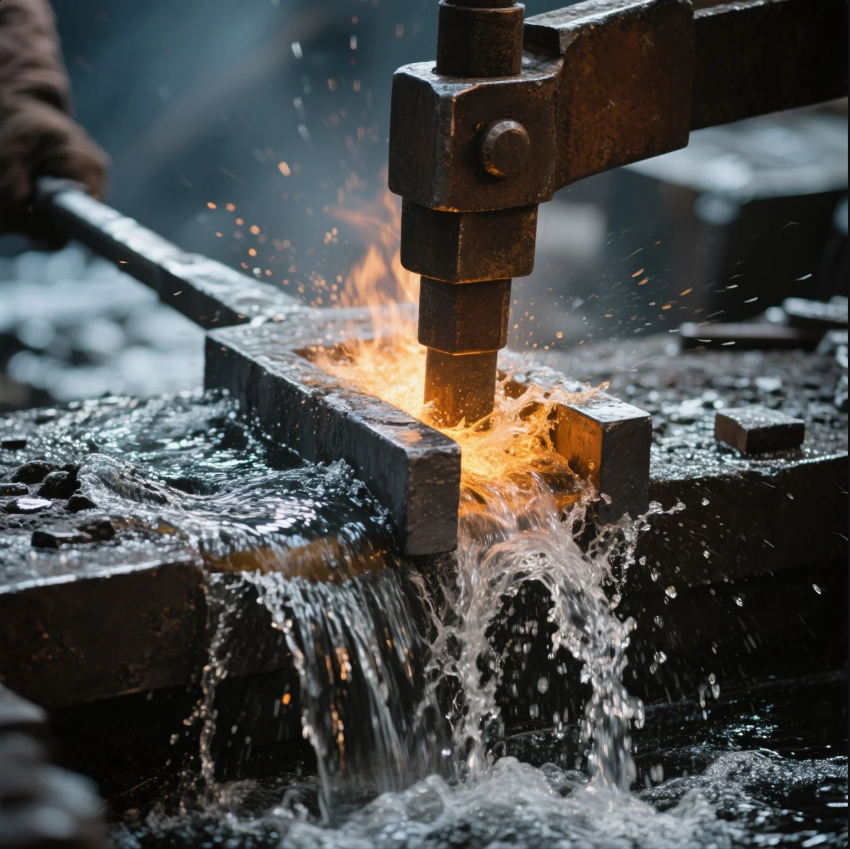
Blacksmiths typically put hot metal into water during the quenching process to quickly lower the temperature of the metal and harden it. The intense heat of the metal causes it to undergo a rapid cooling process when submerged in water, which is essential for certain types of metalworking, such as forging blades, tools, or weapons.
Purpose of Quenching in Water:
- Hardening the Metal: Submerging the hot metal in water causes it to cool rapidly, which helps lock in hardness by transforming the metal’s crystalline structure.
- Controlling the Microstructure: This cooling process influences the microstructure of the metal, typically forming a hard, martensitic phase that improves the metal’s strength and durability.
Water is one of the most common quenching mediums used by blacksmiths because it cools metal quickly, making it ideal for parts that need to be strong and hard.
Why Do Blacksmiths Quench in Water?

Blacksmiths quench in water primarily to harden the metal, giving it a durable surface and the strength needed for tools and weapons. The rapid cooling achieved by water helps to create a harder, more wear-resistant surface that is critical for the functionality of many metal objects.
Benefits of Quenching in Water:
- Fast Cooling: Water is a highly efficient cooling agent, which is crucial when you need to harden a piece of metal quickly to lock in the desired properties.
- Hard Surface: The quick quenching process transforms the metal’s microstructure, creating a martensitic phase that is much harder and more durable than untreated metal.
- Cost-Effective and Accessible: Water is readily available and doesn’t require special equipment, making it an accessible and cost-effective quenching medium for blacksmiths.
Quenching in water is particularly useful for parts that require a hard, resilient surface, such as knives, swords, and cutting tools.
What Does Putting Hot Metal in Water Do?
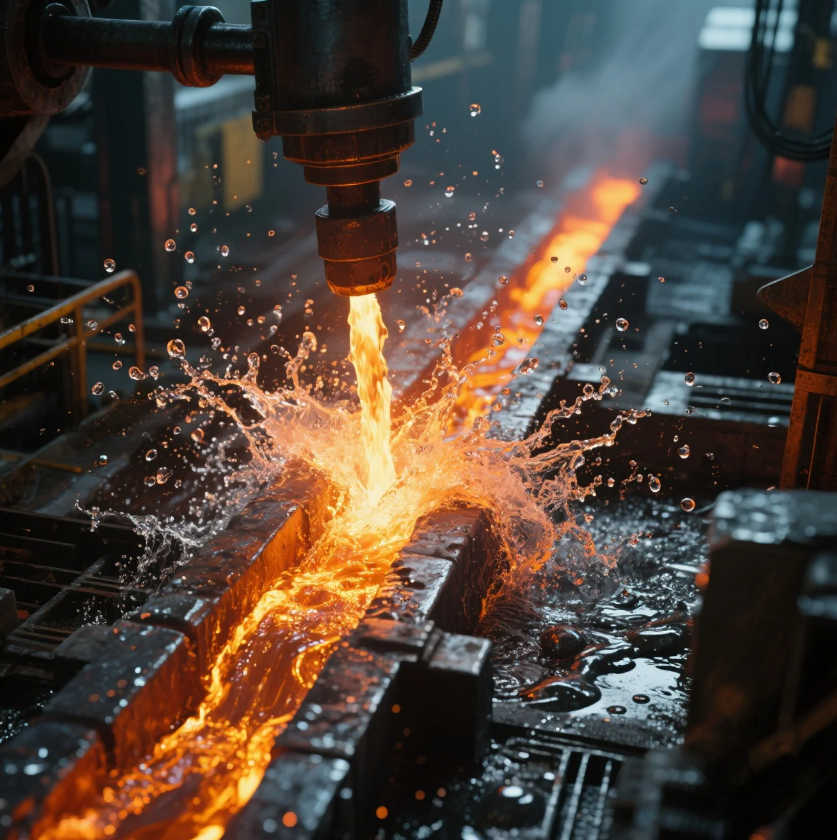
When hot metal is immersed in water, the cooling process causes it to harden by transforming its internal structure. The rapid temperature drop forces the metal’s molecules to lock into a specific arrangement, which makes the metal stronger but also more brittle.
What Happens When Metal Is Put in Water:
- Formation of Martensite: Water quenching typically transforms the steel into martensite, a very hard, crystalline form of steel. Martensite is highly durable but can be brittle.
- Residual Stresses: The rapid cooling can also introduce residual stresses within the metal, which can lead to cracking or warping if not done carefully.
- Hardening the Surface: The outer layers of the metal are hardened quickly, while the interior may remain softer, depending on the quenching process.
Overall, putting hot metal in water is an essential process for hardening the metal, but it must be done with care to avoid unwanted cracks or distortion in the metal.
Is It Better to Quench in Water or Oil?

Whether it’s better to quench in water or oil depends on the specific needs of the project. Both liquids serve the purpose of rapidly cooling the metal, but they do so at different rates, which can have different effects on the hardness and toughness of the material.
Water vs. Oil Quenching:
-
Water Quenching:
- Faster Cooling: Water cools the metal much faster than oil, leading to harder metal but also making it more brittle. This is ideal for creating a hard surface but can cause cracks or warping if not done carefully.
- Harder Surface: Water is often used for steel that requires extreme hardness, such as knives or cutting tools.
-
Oil Quenching:
- Slower Cooling: Oil cools the metal more slowly than water, resulting in a tougher metal that is less likely to crack or warp.
- Less Brittle: Oil helps retain some ductility in the metal, making it less prone to brittleness. It is often used for larger parts or materials that require more toughness.
In general, water is better for hardening steel quickly, especially for smaller tools and weapons, while oil is more suitable for creating tougher, more flexible parts that need to resist breaking under stress.
Conclusion
Blacksmiths put metal in water during the quenching process to harden the metal, rapidly cooling it to form a stronger, more durable surface. Water is commonly used because it cools the metal quickly, creating a hard, martensitic structure, but it also increases the risk of brittleness or cracking. Whether water or oil is used for quenching depends on the desired properties of the metal. Oil quenching provides a more controlled cooling rate, leading to a tougher, more flexible material, while water is ideal for parts that need to be hard and wear-resistant. Understanding the quenching process is crucial for creating high-quality metal tools, blades, and other forged items. For expert forging and heat treatment services, contact Prime today to learn more and get a custom quote.

